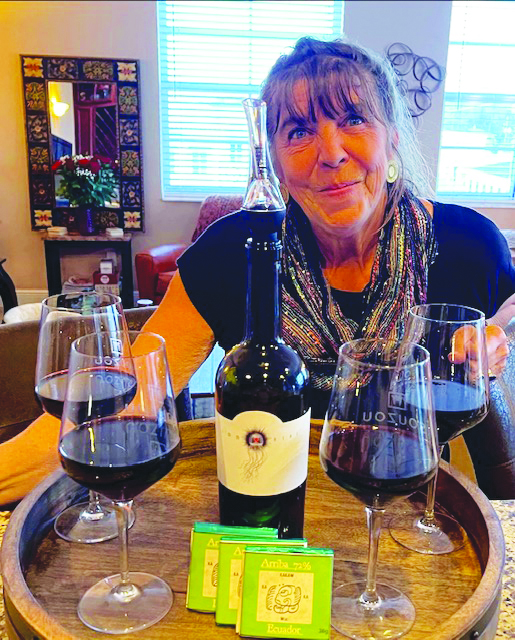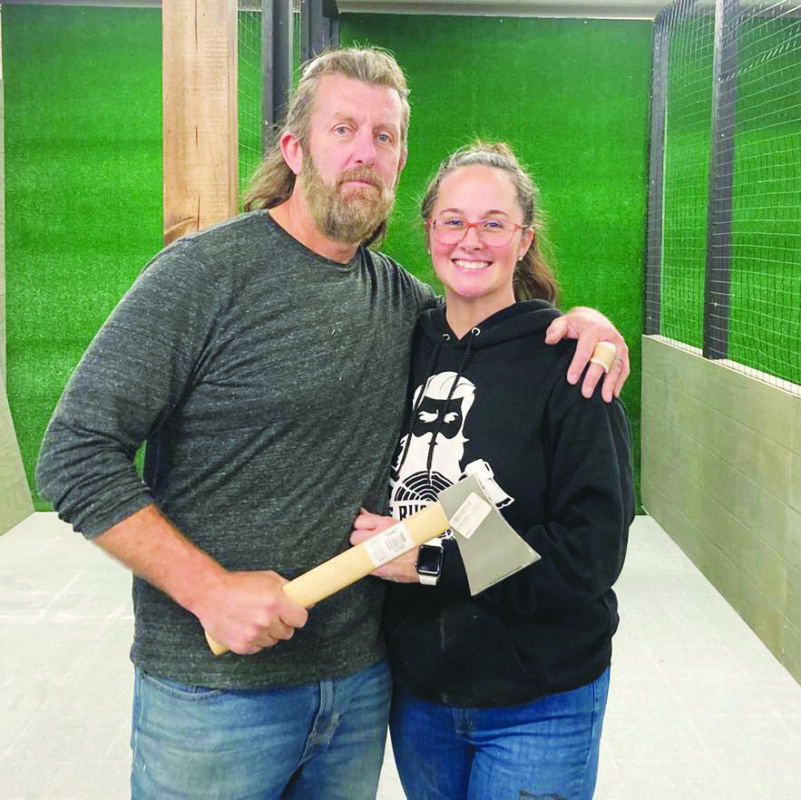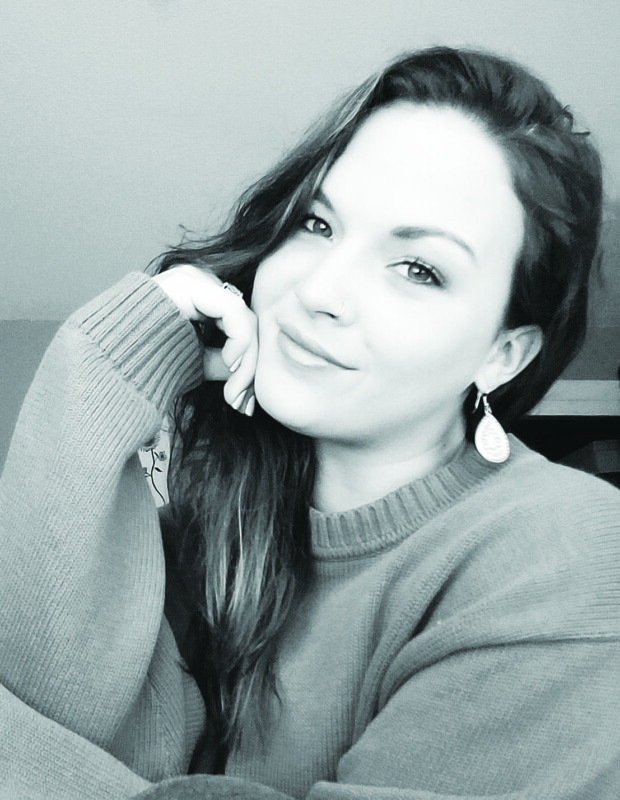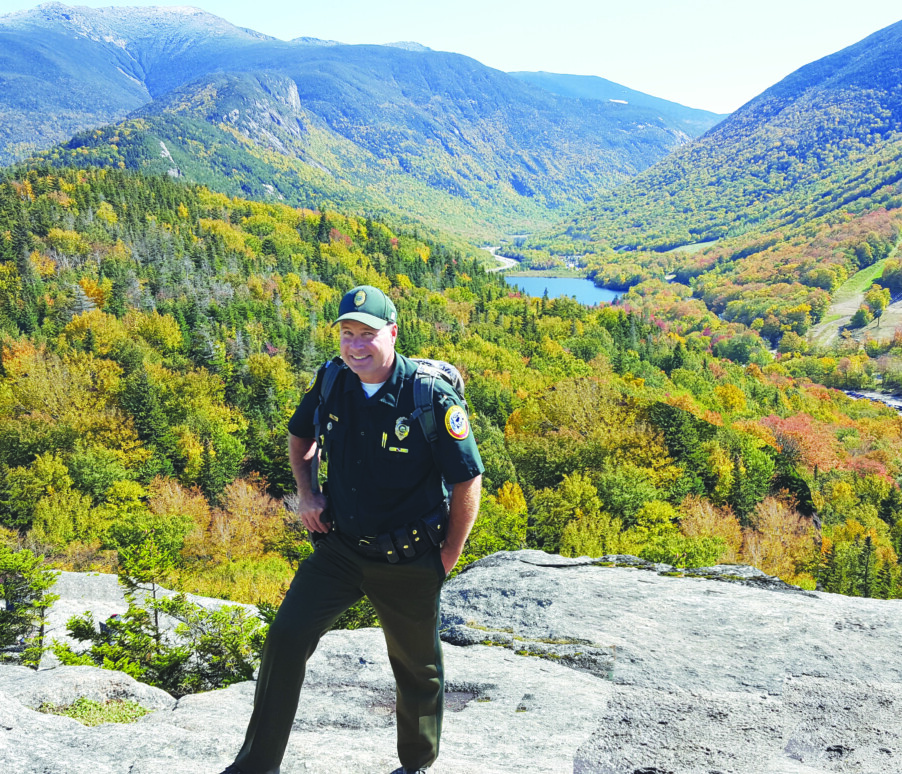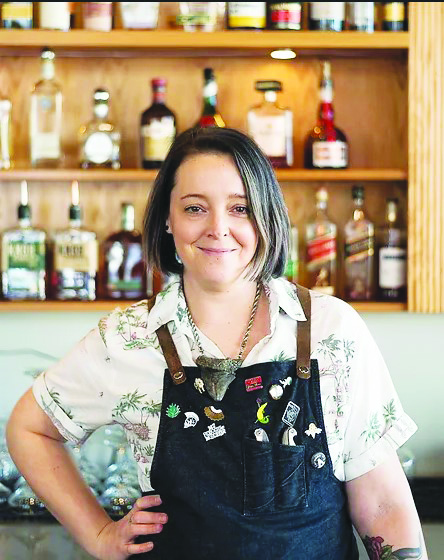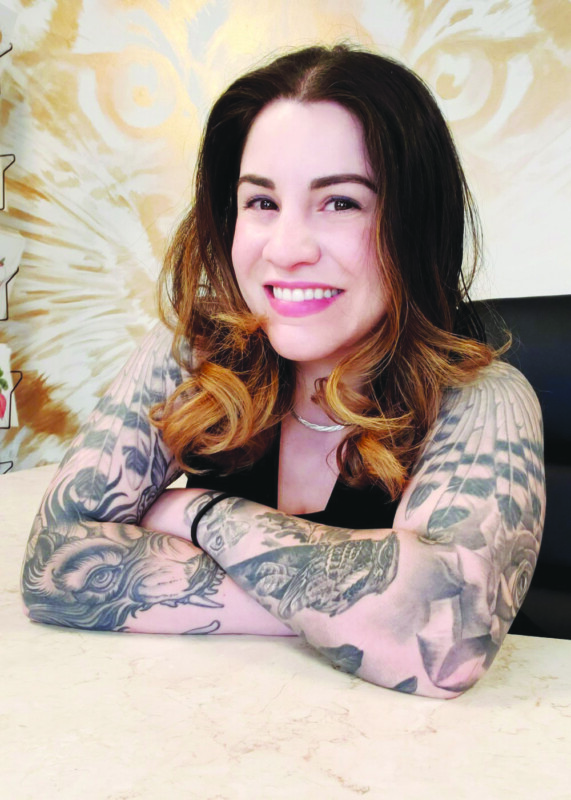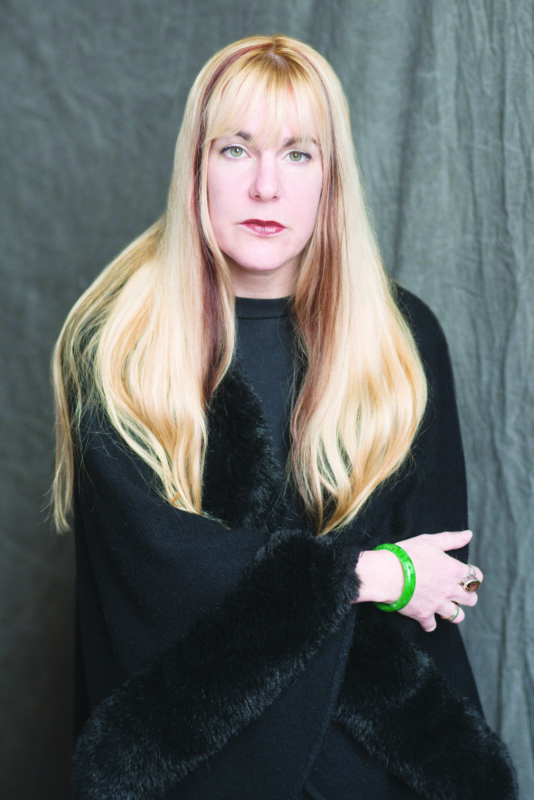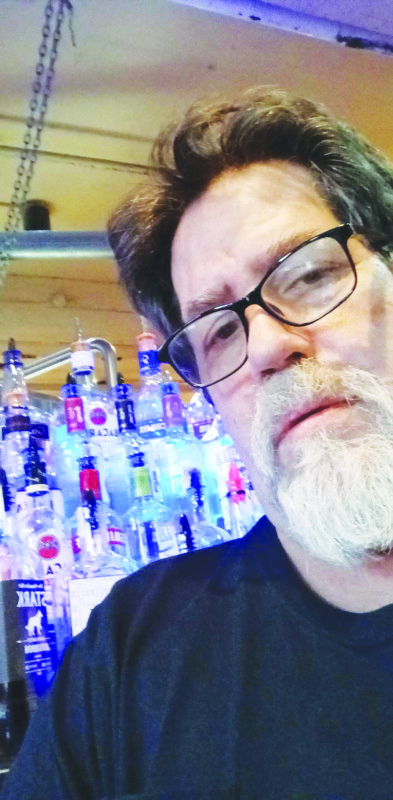Maggie Prittie calls herself a chocolate sommelier; “sommelier” in French translates to steward. She teaches people how to taste, pair and source fine single-origin chocolates, and teaches them the history, art, science and culture of chocolate. She has created, produced and customized chocolates for pastry chefs throughout southwest Florida. She has led more than 350 local wine and chocolate pairings. She has made chocolates for the directors of the Louvre Museum, the Salvador Dali Museum, the Ringling Museum, Sting, and Yo-Yo Ma, and on the set of a Food Network series. She studied under renowned chocolatiers Ewald Notter and Anil Rohira. She is a member of the FCIA (Fine Chocolate Industry of America). Originally from New Hampshire, she recently moved back to the state to share her knowledge as an educator, sales representative, and recipe developer with World Wide Chocolate in Brentwood.
What is your must-have kitchen item?
Aside from the normal appliances, a convection/toaster oven, wooden and rubber spatulas and parchment paper.
What is your favorite local eatery?
Totally depends on my mood. Never fast food!
What celebrity would you like to see eating your food, and why?
Giada De Laurentiis. She is genuine and not pompous.
What is your favorite thing to make?
I love challenging myself with developing new recipes all the time, like Pistachio Spaetzle or developing a good espresso chocolate chip cookie recipe.
What is the biggest food trend in chocolate right now?
The biggest trend presently is just acquiring cocoa. The prices are skyrocketing and will keep rising. Single origin, farmer awareness, craft chocolate seems to be on the radar and hopefully will be more trendy.
What is your favorite thing to cook at home?
Grilled domestic lamb with pistachio spaetzle. For dessert, Ritz Carlton chocolate cake with chocolate panna cotta frosting and a drizzle of bourbon caramel sauce.
Espresso Chocolate Chip Cookies
From the kitchen of Maggie Prittie
Wet ingredients
1 cup browned unsalted butter
½ cup dark brown sugar (firmly packed)
¼ cup light brown sugar (firmly packed)
¾ cup granulated sugar
2 Tablespoons vanilla paste (Prova)
2 room-temperature eggs
2 Tablespoons Prova Arabica Colombian Coffee Extract
Dry ingredients
2½ cups plus 2 tablespoons all-purpose flour
1 teaspoon salt
1 teaspoon baking soda
1 teaspoon cornstarch (adding cornstarch helps to make chewy cookies)
Chocolate chips
2½ cups Domori 75% Venezuela Wafer
Mix dry ingredients in a bowl and whisk to combine them.
Brown butter, then let cool to room temperature (I let it cool in the bowl of the KitchenAid mixer).
Using the whipping utensil of the mixer, whip butter until soft, almost fluffy.
Slowly add all wet ingredients, adding separately, add eggs one at a time. Whip until well-mixed and almost fluffy.
Slowly add dry mixed ingredients into wet ingredients. I add them ¼ cup at a time.
Add chips once all dry is incorporated. Do not overmix.
(Adding the wafers while mixing does break some of them up.)
Bake on parchment paper-lined cookie sheet at 325°F for 10-12 minutes.
Let cool on rack.
Featured Photo: Maggie Prittie. Courtesy photo.

